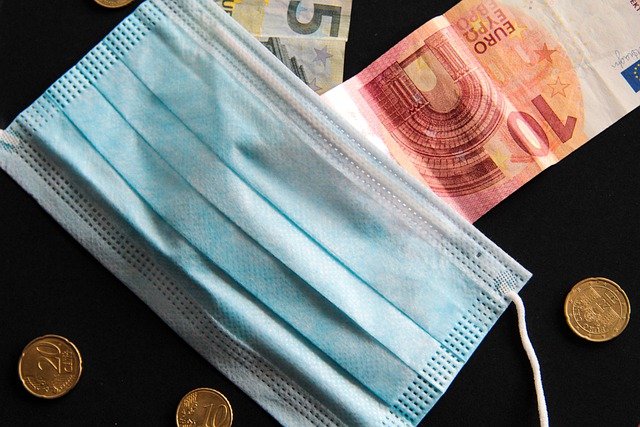Corona and the economy : US economy rebounded strongly in the third quarter. Data is better than reality
Washington, October 30 ( Preliminary data released by the U.S. Department of Commerce on the 29th showed that the actual gross domestic product (GDP) of the United States has fallen by a record 31.4% year-on-year in the second quarter of this year.
The third quarter grew by 33.1%, but it was still lower than the level before the outbreak of the new crown.
Economists believe that the U.S. economy rose sharply in the third quarter due to short-term stimulus such as the restart of businesses and increased consumer spending.
However, with the recent rebound of the epidemic in many places and the unresolved deadlock in the negotiation of a new round of fiscal stimulus measures, the momentum of economic recovery is weakening.
It is expected that the economic growth in the fourth quarter will slow down significantly, and the growth will continue to be negative throughout the year.
It is worth pointing out that the United States calculates quarterly GDP data using a chain-to-annual rate algorithm, which may amplify the actual volatility of economic growth.
According to data from the Ministry of Commerce, although the GDP in the third quarter increased at an annual rate, it was 7.4% compared to the second quarter.
Compared with the pre-epidemic peak set in the fourth quarter of 2019, real GDP in the third quarter was still 3.5% lower, and 2.9% lower than the same period last year.
Specifically, personal consumption expenditure, which accounts for about 70% of the US economy, grew by 40.7%, becoming the main driving force for economic growth in the quarter.
Non-residential fixed asset investment, which reflects the investment status of enterprises, increased by 20.3%, but it did not offset the 27.2% decline in the previous quarter.
With the expiration of a number of fiscal stimulus measures introduced in response to the epidemic, the US federal government’s third-quarter spending fell by 6.2%. In the previous quarter, federal government spending increased by 16.4%.
Gregory Dakko, chief American economist at the Oxford Institute for Economic Research, pointed out that compared with before the epidemic, indicators such as personal consumption, corporate investment, and imports and exports have declined to varying degrees.
In terms of personal consumption, although overall consumer spending has rebounded significantly, the recovery of service consumption remains weak.
Wells Fargo Securities Chief Economist Jay Bryson pointed out that actual spending in the US service industry in the quarter was still 7.7% lower than the peak.
Diana Swank, chief economist at Grant Thornton in the United States, believes that the recovery momentum of consumer spending is weakening.
As companies resumed work and production, consumer spending rebounded significantly in May and June.
However, as the epidemic rebounded in some areas and some fiscal stimulus measures expired, the momentum of this recovery is slowing.
At the same time, the job market situation is still not optimistic.
According to data released by the US Department of Labor on the 29th, as of the week of October 24, 751,000 people in the United States still applied for state government unemployment benefits for the first time, which was a record high.
As the general election approaches, hopes that Congress and the White House will reach agreement on a new round of fiscal stimulus measures in the short term are becoming increasingly slim.
At the same time, the hasty restart of the economy and the inadequate implementation of prevention and control measures have also led to the recent rebound of the epidemic in some parts of the United States, which will delay economic recovery.
Data released by the US Centers for Disease Control and Prevention on the 29th showed that the United States had an average of 74,532 new confirmed cases of new crowns in a single day in the last 7 days
setting a record for the average daily increase in the 7 days since the outbreak. According to data released by Johns Hopkins University in the United States
as of the evening of the 29th Eastern Time, the cumulative number of confirmed new crown cases in the United States exceeded 8.94 million, and the cumulative number of deaths exceeded 228,000.
Swank believes that the surge in the number of cases will cause consumers and businesses to cut spending, and the US economic outlook is deteriorating in the fourth quarter. Bryson also predicts that US economic growth in the fourth quarter will “slow down sharply.”
Wells Fargo Securities predicts that the US GDP will grow at an annual rate of 6.1% in the fourth quarter, but if the recent rebound in the epidemic causes the need to re-implement some restrictions, this number may be lowered.
Fed Chairman Powell has repeatedly emphasized that the U.S. economic outlook still largely depends on the trend of the epidemic and the policies adopted by the U.S. government.
The U.S. economy is unlikely to fully recover until people are convinced of the safety of re-engagement in a wide range of activities. Most economists predict that it will take at least two or three years for the US economy and employment to return to pre-epidemic levels.



